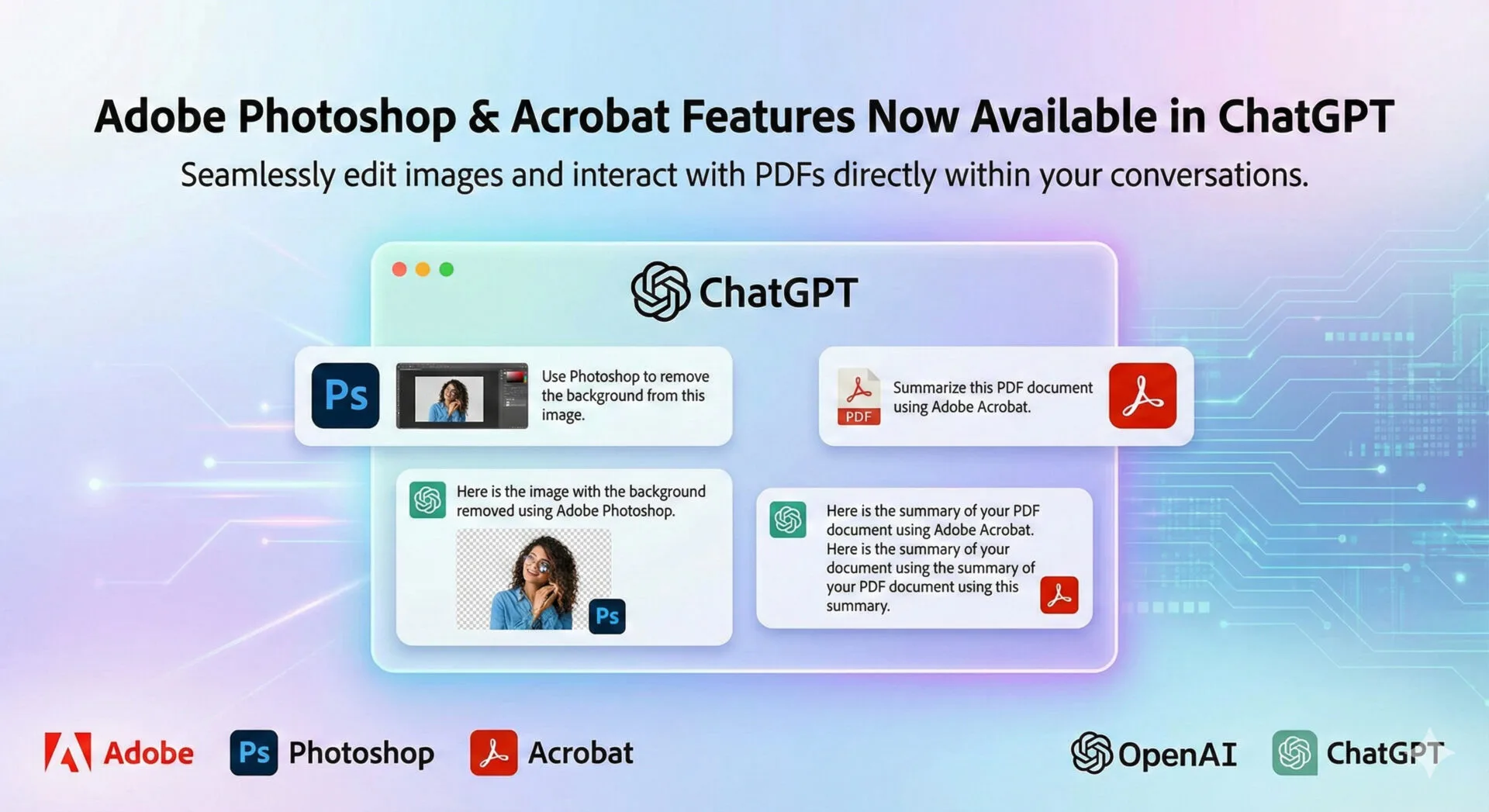Artificial intelligence (AI) and machine learning (ML) have significantly altered the landscape of technology. Enabling systems to perform tasks once thought exclusively human, their combined capabilities are driving innovation across every business sector.
AI-driven networking leverages the power of AI to create smarter, more secure, and more efficient network environments.
What is AI?
AI is the branch of computer science dedicated to creating machines that can mimic human intelligence. Using logic, rules, and data to draw conclusions and make decisions, AI can:
- Acquire knowledge and skills from data or experience
- Find solutions to complex challenges
- Interpret sensory information such as images, text, and sounds
- Process and generate human language
AI seeks to reduce manual workload and minimize downtime. ML powers it.
What is ML?
Machine learning refers to the ability of computer systems to learn from data and improve performance on specific tasks without being specifically programmed for every possible scenario. It works by gathering relevant data and formatting it so that the algorithm can understand it. Patterns and relationships in the data are identified and then integrated into the application or network.
ML can be used to :
- Automate tasks
- Make predictions and decisions
- Identify hidden patterns
- Personalize experiences
As ML systems encounter new data and feedback, they are capable of adapting and enhancing performance. Fundamentally changing how we interact with technology and solve problems, ML is driving innovation across every industry.
What is an AI-driven network?
An AI-driven network uses AI and ML to automate tasks, optimize performance, manage systems, and secure network infrastructure. Eliminating the need for manual configuration, human-intensive monitoring, and reactive troubleshooting, it leverages data analysis, predictive capabilities, and intelligent automation to create a proactive network that is self-optimizing and secure. In many cases, an AI-driven network can automatically detect and remediate problems without human intervention.
AI-driven solutions offer:
Network Management and Automation
Tasks like configuration, threat detection, and traffic optimization can be automated in real-time based on demand to ensure maximized resource allocation and prioritization of mission-critical services. Using predictive analytics, potential issues can be anticipated to prevent failures before they occur.
Enhanced Security
AI-driven networks can analyze traffic for suspicious patterns and anomalies via intrusion detection systems. Cyber threats are detected and neutralized to prevent breaches and data leaks. Dynamic micro-segmentation controls access to data in the cloud and prevents lateral movement of attackers.
Optimized Performance and Efficiency
By dynamically allocating resources and prioritizing traffic based on real-time needs, AI-driven networks can optimize bandwidth usage. Cloud connectivity is improved by enhancing multi-cloud and hybrid cloud network performance. Bottlenecks and other obstacles are identified and resolved to ensure smooth connectivity for users.
Reduced Operational Costs
The automation of routine tasks combined with proactive issue resolution reduces the need for manual intervention and cuts down on the time spent troubleshooting. It also frees up IT staff. These measures lower the cost of operation.
Supports Data Growth and Edge Computing
A constantly-increasing volume of generated data is driving the need for more scalable and efficient network infrastructure. Complex traffic flows between devices and services is efficiently managed in an AI-driven network. AI processing is vital for edge computing, where computing devices are placed closer to where data is generated, rather than being stored in the cloud.
Improved User Experience
Ensuring optimal network performance, proactive issue resolution, and reduced latency, AI-driven networks offer a superior user experience. This is crucial for customer satisfaction and business productivity.
AI-driven networks enable organizations to build proactive, automated, secure systems that can adapt to the ever-growing demands of the digital world.
How does AI-driven differ from data-driven?
A data-driven approach focuses on the collection, organization, analysis, and reporting of data using statistical methods or business intelligence tools to gain insights. Organizational decisions and actions are informed and guided by human intelligence and interpretation. AI may play a supporting role, but the process requires significant human input.
An example of a data-driven strategy is an administrator reviewing performance dashboards to identify a bottleneck and then manually reconfiguring a device.
An AI-driven strategy uses AI and ML to process data, make decisions, and take action with minimal human intervention. Designed to anticipate issues, optimize performance in real-time, and even self-configure, it processes vast and often unstructured data to identify subtle patterns that would be impossible for a human to discern. The AI model also has the ability to learn from new data, continuously improve its performance, and adapt to changing conditions without constant reprogramming.
An example of an AI-driven scenario is a self-driving car that processes data in real-time from computer vision and other sensors to make immediate decisions about steering, acceleration, and braking in the presence of human monitoring.
The Role of PoE in AI-Driven Networking
PoE is the technology that allows devices to receive both power and data via a single Ethernet cable. It works by utilizing the twisted wire pairs inside the cable.
For AI-driven networking, PoE facilitates the deployment and management of a network. It provides:
- Simplified Installation: PoE makes it easier and more cost-effective to deploy the vast number of devices such as sensors, cameras, and access points, required to feed data to AI/ML models.
- Placement Flexibility: With devices untethered to power outlets, they can be placed virtually anywhere with access to a PoE switch.
- Cost Reduction: Consolidating power and data into a single source eliminates the need for costly electrical outlets and labor. This makes large scale deployment feasible.
Edge computing, where processing happens closer to the data source, is a growing trend with AI-driven networking. PoE provides stable, dependable power (90 to 100W) to AI-enabled edge devices such as security cameras with on-board analytics, smart lighting systems, and advanced IoT systems. This minimizes interruptions that could lead to gaps in data collection or inaccurate insights.Versa Technology offers PoE solutions for AI-driven networks







Leave a Reply